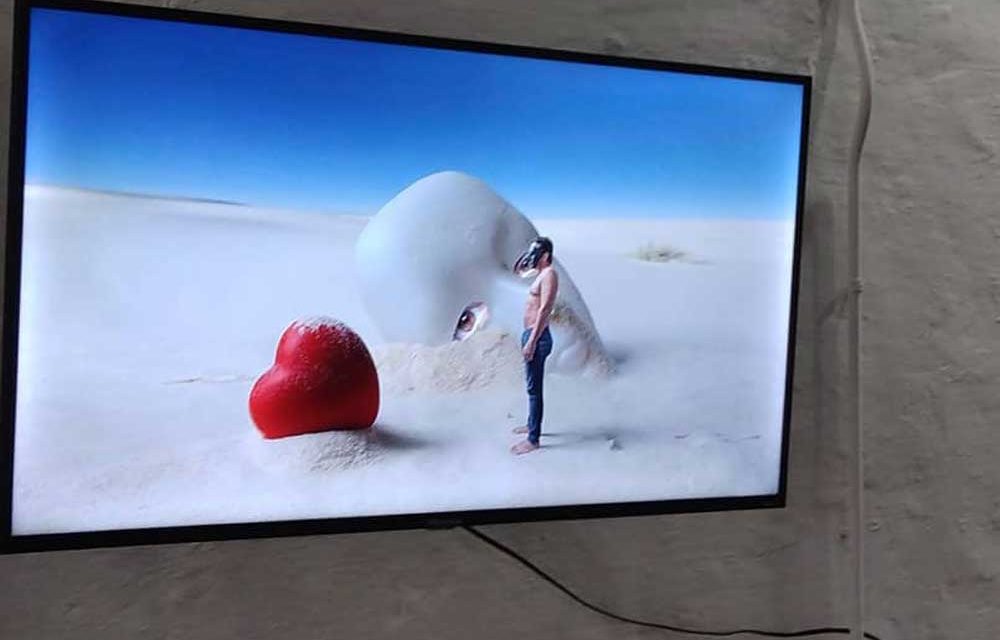Last Saturday evening, Republic Art Studio held San Antonio’s first NFT art show entitled, “The Revolution Will Be Digitized.” The show featured some of San Antonio’s most-acclaimed local artists: painter Kaldric Dow, spoken word artist/actor Amalia Ortiz, and poet Anthony Flores, among others—all of whom were there showcasing a striking array of digital art.
The NFT showcase is the brainchild of the Republic Arts Collaborative, a team of multidisciplinary artists based out of the Westside studio. Opening its doors to the general public, the affair was a dazzling look into a platform that is currently revolutionizing the digital art market of today.
It is ironic that the show’s title would allude to Gil Scott-Heron’s famous 1971 spoken word song, “The Revolution Will Not Be Televised,” considering just how much the NFT phenomenon has exploded. Muralist David Blancas, one of Republic Art’s founding members as well as one of the artists exhibited during the show, was adamant to explore the possibilities of NFTs.
“All I know is that we wanted to be a part of it,” said Blancas. “Ron Garcia [the show’s curator] approached me and said, ‘Maybe we can use this space to integrate all the artforms. Actual physical artwork—poetry, painting, murals—and apply it to this NFT marketplace.’”
An NFT, or Non-Fungible Token, is a form of ownership of a digital property. An NFT acts the same as an artist’s signature on a painting—a means of certifying the artwork’s authenticity, only in this case, the medium is digital and transactions are made through Ethereum, a cryptocurrency.
To give some context as to the growing NFT trend, “Nyan Cat,” the internet meme depicting a Poptart-infused feline floating through space that went viral on social media nearly a decade ago, sold as an NFT for close to $600,000 in real world money. In March, Canadian singer Grimes sold her own digital artwork for a whopping $5.8 million dollars on the crypto-art market site, Nifty Gateway.
While many believe there is money to be had through this emerging crypto-platform, environmental concerns centered around greenhouse gas emissions and the massive amounts of power needed to facilitate NFTs are raising eyebrows. Through a complex process of creating NFTs on a blockchain, or an open digital ledger used to track an artwork’s ownership history, computer systems emit colossal carbon footprints.
However, Nain Leon, another Republic Art founding member and showcased artist, praised the platform’s ability to give power back to the artist by authenticating their work to a specific owner even if a digital artwork has been widely downloaded.
“Digital art was easy for people to think, ‘I can download the piece and it’s going to be mine,’” said Leon. “Now we can show to the world that this piece is only [the artist’s] even though so many people are gonna download it.”
For more information on “The Revolution Will Be Digitized” and the artists on display, visit nftartsa.com.
Republic Art Studio Hosts San Antonio’s First NFT Art Show

Interview by Clint Westwood
Article by Alex Ramirez








